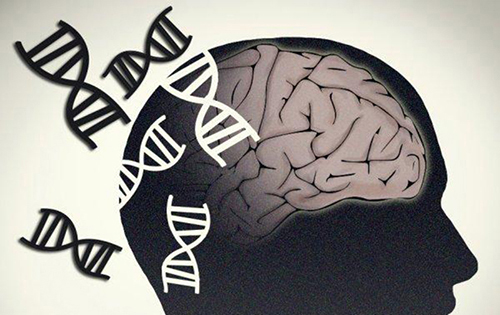
Research led by the Medical University of South Carolina shows that abnormally high levels of the protein BACH1 could cause Parkinson’s disease and that targeting this protein could be a good therapeutic strategy for patients with the neurodegenerative condition.
While the work is still at an early preclinical stage, lead researcher Bobby Thomas, a professor of pediatrics at the Medical University of South Carolina, has already partnered with North Carolina-based biotech vTv Therapeutics to develop BACH1 inhibitors and is hoping to take one or more of the candidate drugs they discover to clinical trials in patients with Parkinson’s.
Parkinson’s disease affects millions of people around the world with at least 1 million people affected in the U.S. alone and is the most common neurodegenerative movement disorder. There is no cure and while there are therapies available to treat the symptoms, they do not address the neurological damage and often lose efficacy over time.
The gene NRF2 functions to ‘turn on’ more than 250 genes that protect our neurological system against stress. It is linked to Parkinson’s disease and was previously suggested as a possible target for therapeutics, but targeting this gene directly can cause serious side effects so a different strategy was needed.
The gene BACH1 encodes a protein that stops the expression of NRF2 and is therefore a good alternative target. To investigate this further, Thomas and colleagues carried out a study in mice and samples taken from the brains of people who died with Parkinson’s disease.
As reported in the Proceedings of the National Academy of Sciences, the team showed that levels of the BACH1 protein were high in post-mortem brain samples from patients with Parkinson’s and also in mice with the condition.
Mice without a functional Bach1 gene were protected against chemically induced Parkinson’s disease from exposure to the neurotoxin MPTP, one of the few chemicals known to cause the condition. MPTP’s ability to cause Parkinson’s disease was accidentally discovered when a batch of heroin was contaminated with it in the early 80’s and seven people who used it developed severe and irreversible Parkinson’s disease.
The researchers wanted to find out why mice without a functional Bach1 gene were protected from developing symptoms of Parkinson’s disease. “What we found was that Bach1 not only represses the expression of protective genes that are under the control of Nrf2, but it also regulates the expression of many other genes not directly regulated by Nrf2,” explained Thomas. “So there are additional advantages to inhibiting Bach1 besides just activating Nrf2. Ideally you would want a drug that inhibits Bach1 and also activates Nrf2.”
Thomas and colleagues have partnered with vTv Therapeutics to look for potential drug candidates that could inhibit the activity of the BACH1 protein. They have so far discovered one strong candidate, currently known as HPPE, that can inhibit BACH1 but also activate NRF2. In the lab, they showed it can protect cells from inflammation and the build-up of toxic oxidative stress that cause the kind of neurological damage seen in patients with Parkinson’s.
The researchers also tested HPPE in a mouse model and found it significantly reduced Parkinson’s disease symptoms both given before the disease started or to treat symptoms after it had already progressed. Notably, it worked better than a drug developed to activate NRF2, Tecfidera, currently approved to treat multiple sclerosis, with less side effects.
The scientists now want to bring HPPE to clinical trials to assess it’s efficacy and safety in humans and also to see if repression of BACH1 may benefit patients with other neurological disorders.
“This pathway may be beneficial whenever you have impairments in anti-inflammatory pathways or mitochondrial dysfunctions,” said Thomas. “I think any disease that has these kinds of etiologies would benefit from modulating this pathway.”













